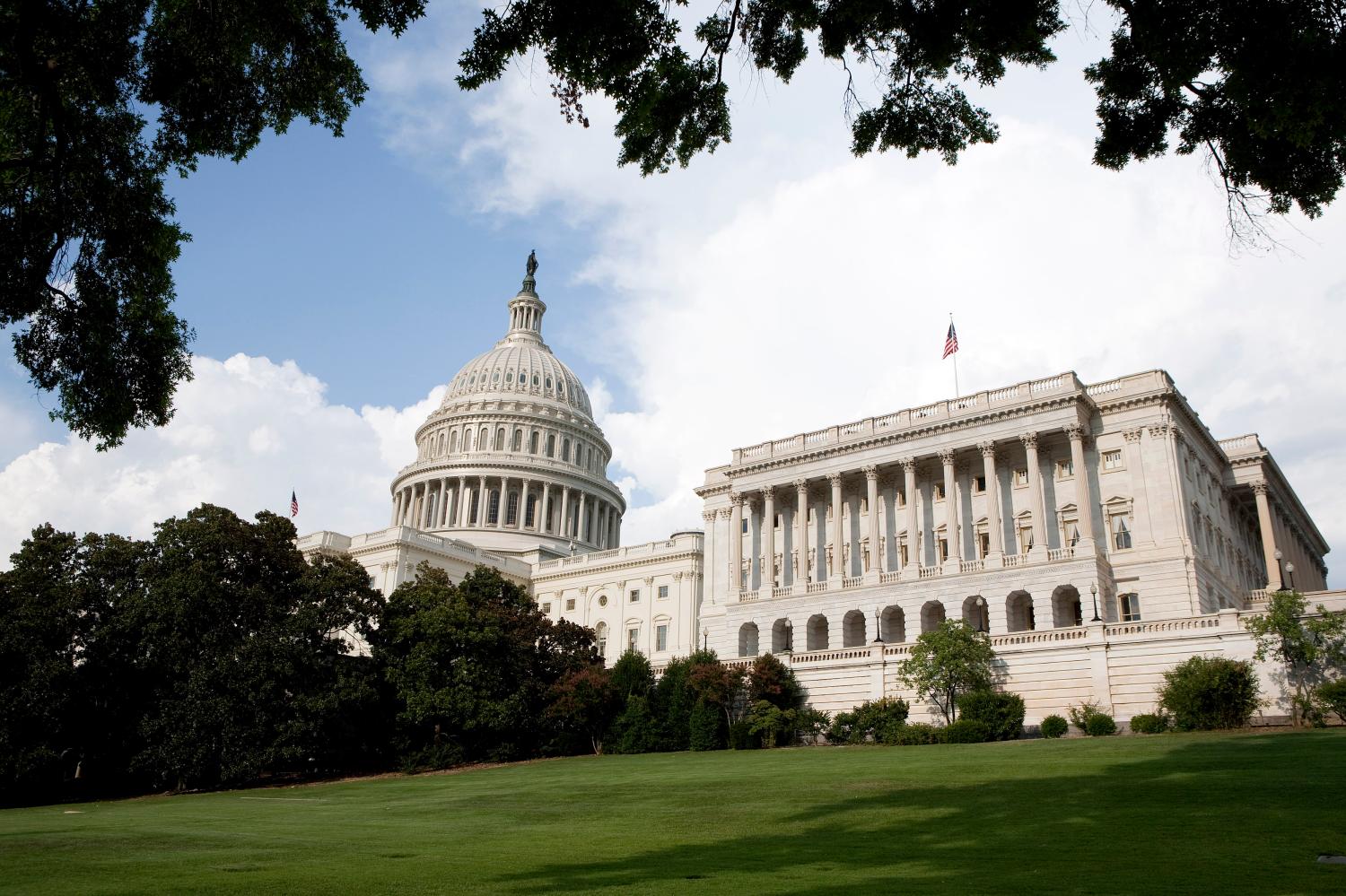In this paper, Philip Wallach examines arguments for resurrecting the Glass-Steagall Act. Wallach asserts that while arguing for the law to be revived is an attractive piece of political rhetoric, if reduced risk in commercial banking really is the goal, then Glass-Steagall is not the right legislative remedy.
Rather than looking backward to Glass-Steagall, Wallach argues that commercial banking reformers should focus on key provisions of the Dodd-Frank Act, particularly the Volcker Rule, as an effective means of promoting change in the banking sector. Complaints about the Volcker rule are premature, Wallach argues, as it has yet to be finalized or implemented, and there are many good reasons (including the banks’ stated distaste for the rule) to think that it will have significant effects.
Wallach also calls into question Glass-Steagall’s ability to address various problems in the banking sector in an age of sophisticated financial instruments, including segregating insured deposits from risk-taking and mitigating the risk associated with “Too Big to Fail” institutions.
So if not Glass-Steagall, then what? Wallach thinks reformers should focus on the following in their efforts to improve commercial banking in the United States:
- The Dodd-Frank Act made dozens of major changes and hundreds of minor ones, many of which have yet to be implemented but are on their way. Discussions of “breaking up the banks” or “ending TBTF” should begin with what Dodd-Frank did on these fronts, rather than starting from either of the (equally oblivious) premises of “everything in Dodd-Frank is an incoherent disaster” or “Dodd-Frank did nothing to rein in the big banks.”
- In addition to the Volcker Rule, Dodd-Frank also creates a Financial Stability Oversight Council (FSOC) with significant discretionary powers to wield an Orderly Liquidation Authority; addresses capital requirements; and creates an Office of Financial Research charged with independently monitoring systemic stability. Reformers miss a golden opportunity if they ignore ways to improve these policies in favor of making grand pronouncements about Glass-Steagall.
- Proponents of “breaking up the banks” or using Glass-Steagall-like measures to limit bank size should also start with the provisions that already exist in law. Little-discussed is the fact that banks exceeding 10% of the nation’s deposits were already statutorily barred from making interstate acquisitions of other banks under the Riegle-Neal Act of 1994, though there were exceptions for absorbing failing banks.
- Increasing capital requirements represents one of the most straightforward ways to get a safer, less-leveraged banking system—if that is indeed what Americans want in the current climate of consumer deleveraging and a struggling recovery. Dodd-Frank has left its mark here, too: § 165 requires adoption of prudential standards (including capital requirements) for systemically-important non-banks; § 171 tightens standards for banks; §§ 606 and 616 tighten standards for BHCs. As a result, overall leverage is down.
- One possibility being explored, under § 115(c) of Dodd-Frank, is requiring financial institutions to use contingent capital—instruments that require their holders to purchase capital from issuers in some pre-specified circumstance, such as a crisis, providing “just-in-time” support. Measuring capital adequacy is another point of contention, with critics of risk-weighted measures of assets worrying that models of risk will inevitably be gamed.
- Attention should also turn to regulatory reforms that would simplify corporate structures, institutionalize best-practices for assessing and managing risk, and consolidating regulatory requirements where possible. Ensuring that the infant Office of Financial Research actively contributes to these developments should be a priority in coming years.




